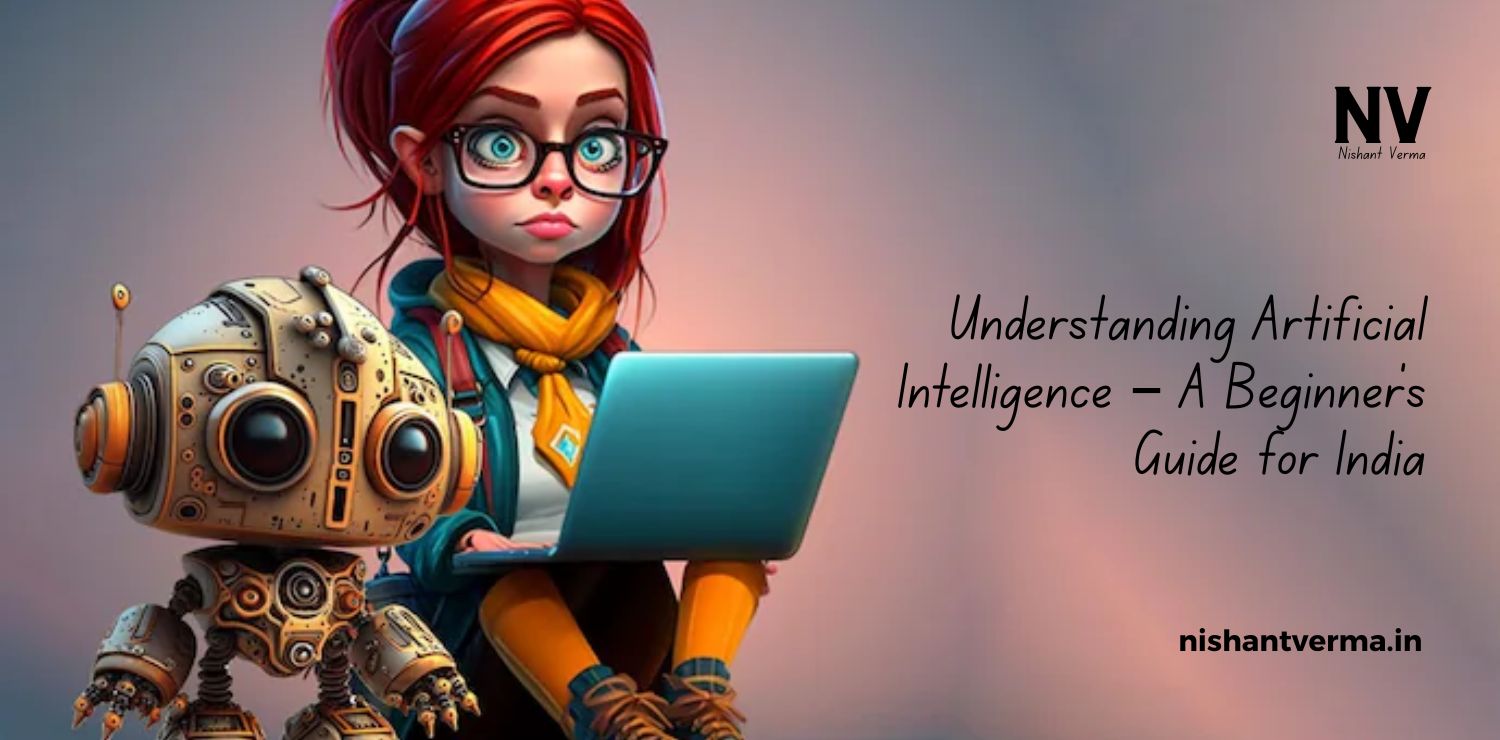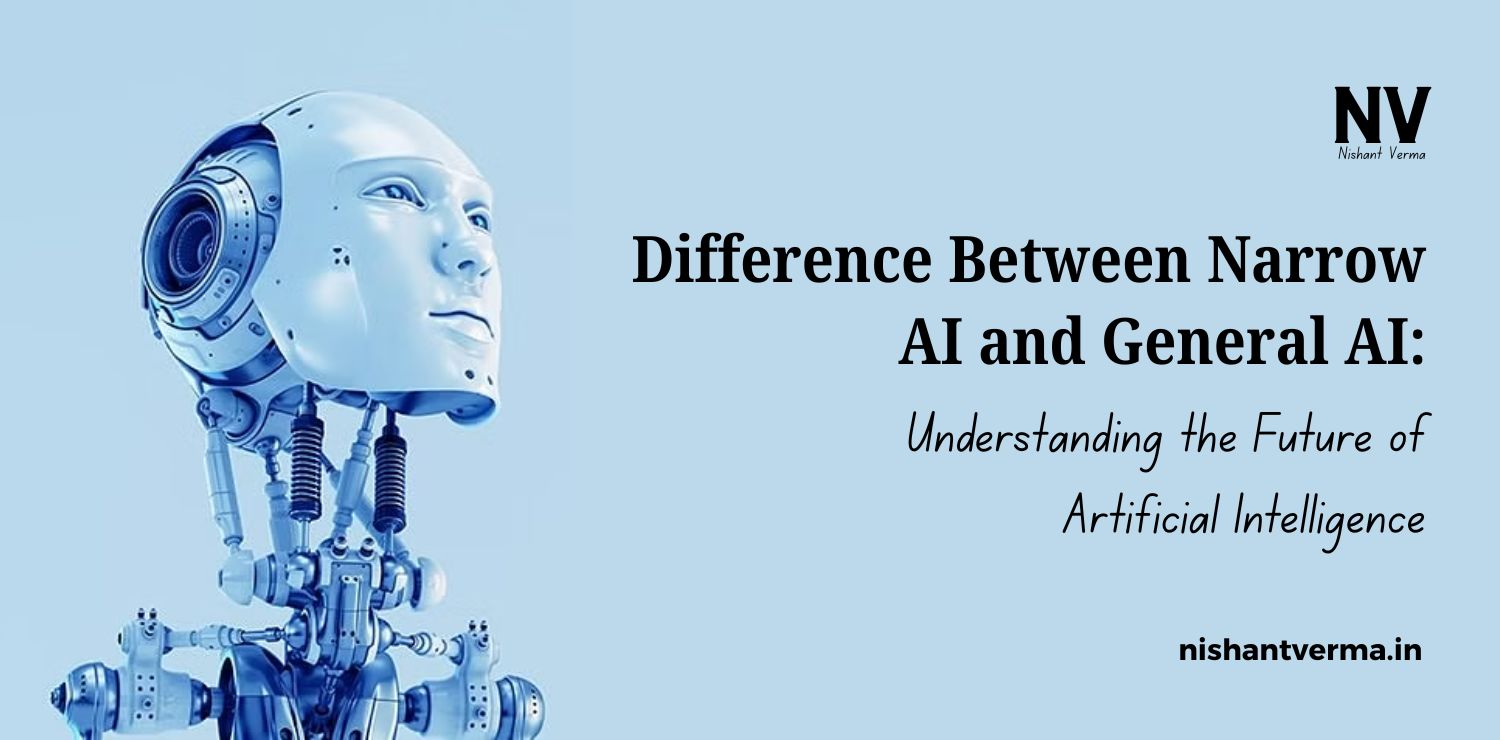Artificial Intelligence (AI) is one of the most powerful technologies in the world today. From helping us with daily tasks on our smartphones to driving cars and even assisting doctors in surgery, AI is everywhere. But how did this technology begin? Let us take a journey through the history of AI—from the early ideas to the modern applications—and understand how it grew into what it is today.
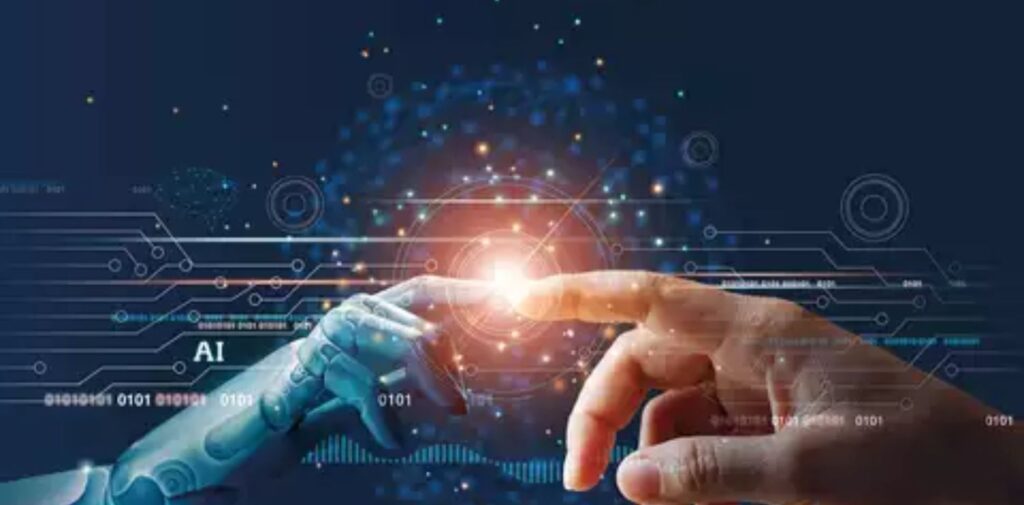
The Early Thoughts – When Machines Started to Think
The dream of intelligent machines is not new. Thousands of years ago, Indian mathematicians and thinkers imagined artificial beings with human-like abilities. Even in mythology, we see stories of robots and intelligent machines. But the actual journey of AI began much later.
The idea of modern AI started taking shape in the early 20th century. One of the biggest names from this time was Alan Turing, a British mathematician. In 1950, he wrote a paper titled “Computing Machinery and Intelligence”. He asked a simple but deep question: Can machines think? This question led to the famous “Turing Test,” which checks if a machine can behave in a way that is indistinguishable from a human.
Turing’s work laid the foundation for what we today call Artificial Intelligence. Even though computers in those days were big and slow, the idea of making them intelligent was born.
The Birth of Artificial Intelligence – The 1950s and 1960s
The actual term “Artificial Intelligence” was first used in 1956 at a conference in the United States. A group of researchers came together to discuss how to make machines that could learn and think like humans. This was the beginning of AI as a field of study.
During the 1950s and 60s, scientists created programs that could solve puzzles, play simple games like chess, and even prove mathematical theorems. These early programs were basic, but they showed that machines could perform tasks that required intelligence.
India also began taking interest in computer science during this time. Though we were still developing as a nation, our scientists and mathematicians kept pace with global developments. Institutions like the Indian Institute of Science (IISc) and IITs started research in computer technology, which later supported AI advancements.
AI Winter – When Progress Slowed Down
Even though early results were promising, there were many challenges. Computers were not powerful enough, data was limited, and making machines “understand” things like humans do turned out to be extremely difficult. As a result, interest in AI reduced during the 1970s and 1980s. This period is known as the “AI Winter.”
Funding for AI projects dropped, and many believed that making truly intelligent machines was impossible. However, behind the scenes, researchers continued working. They focused on smaller problems like expert systems, which could help in decision-making in specific fields like medicine or engineering.
In India too, this was a quiet phase, but the government slowly started investing in technology education. Computer science became part of academic curriculums, setting the stage for future AI growth.
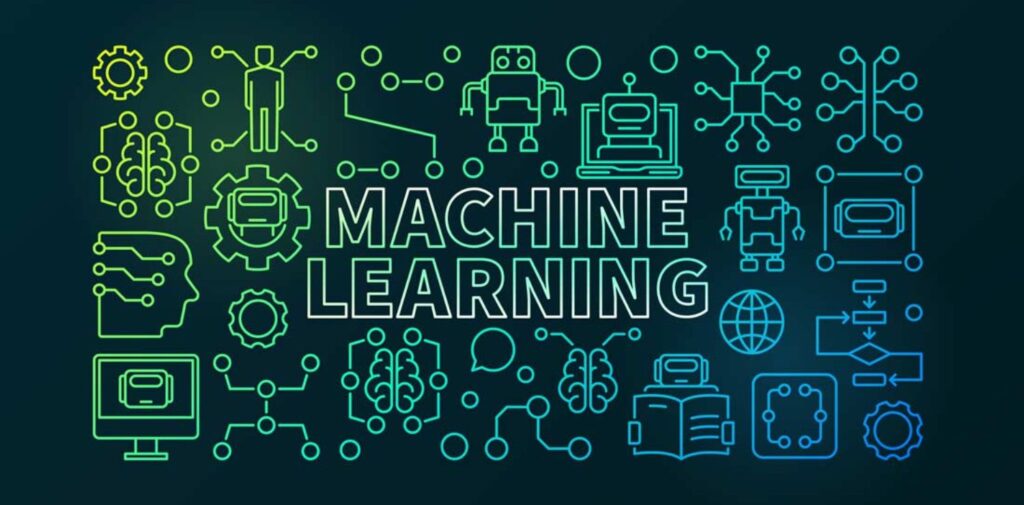
The Rise of Machine Learning – A New Beginning
The 1990s and early 2000s brought a major shift in AI research. Instead of trying to manually program intelligence into machines, scientists began teaching machines to learn from data. This is called machine learning.
Machine learning allowed computers to improve their performance as they were fed more data. For example, a machine could be shown thousands of pictures of cats and dogs, and it would learn to tell the difference. This was a breakthrough.
At the same time, computing power became cheaper and faster. The internet exploded with data—emails, photos, videos, and more. This was exactly what AI needed to grow. In 1997, IBM’s computer Deep Blue defeated world chess champion Garry Kasparov. This was a big moment in AI history.
In India, companies like Infosys, TCS, and Wipro started using machine learning for software development and data analysis. Government bodies like ISRO and DRDO also began exploring AI for space and defense.
The Era of Deep Learning and Big Data
In the last 10 to 15 years, AI has made huge progress, thanks to deep learning. Deep learning is a type of machine learning that uses artificial neural networks—systems designed to work like the human brain.
With deep learning, machines can recognize speech, translate languages, understand text, and even generate images. This is the technology behind voice assistants like Alexa and Siri, recommendation systems on YouTube and Netflix, and self-driving cars.
AI is also used in healthcare to detect diseases like cancer at an early stage. In finance, it helps detect fraud. In agriculture, AI can monitor crop health and improve yields.
In India, AI is helping solve real-world problems. For example, AI is being used in predicting weather patterns for farmers, improving traffic in smart cities, and helping students learn through personalized education platforms. The Indian government has also launched initiatives like the National AI Mission to make India a global hub of AI development.
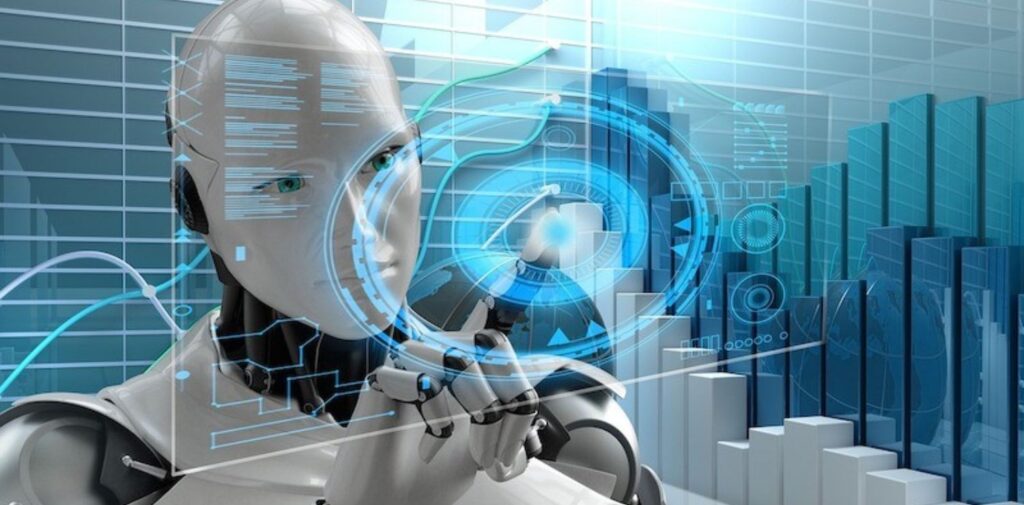
The Future of AI – Opportunities and Challenges
The future of AI looks bright, but it also brings challenges. AI can create jobs, improve industries, and make life easier. But it can also lead to job losses if machines replace human workers. There are concerns about privacy, safety, and the ethical use of AI.
India, with its huge population, young talent, and growing digital infrastructure, is in a great position to lead in the AI revolution. But we must ensure that AI is used responsibly. Education, skill development, and public awareness will play a key role in this journey.
Many Indian startups are already doing great work in AI—creating smart bots, healthcare tools, and educational platforms. With support from the government, private sector, and academic institutions, India can become a global leader in AI innovation.
Conclusion – AI Is Not the Future, It Is the Present
Artificial Intelligence is no longer just a science fiction dream. It is already here, shaping the way we live, work, and interact. From Alan Turing’s first ideas to today’s advanced systems, the journey of AI has been full of excitement and learning.
For India, AI offers a golden opportunity to solve its biggest challenges in education, healthcare, agriculture, and more. But we must use this technology wisely and ethically. Whether you’re a student, a teacher, a professional, or just a curious learner, understanding AI is a step toward being part of the future.
So, keep learning about AI—because the machines are getting smarter, and so should we!


